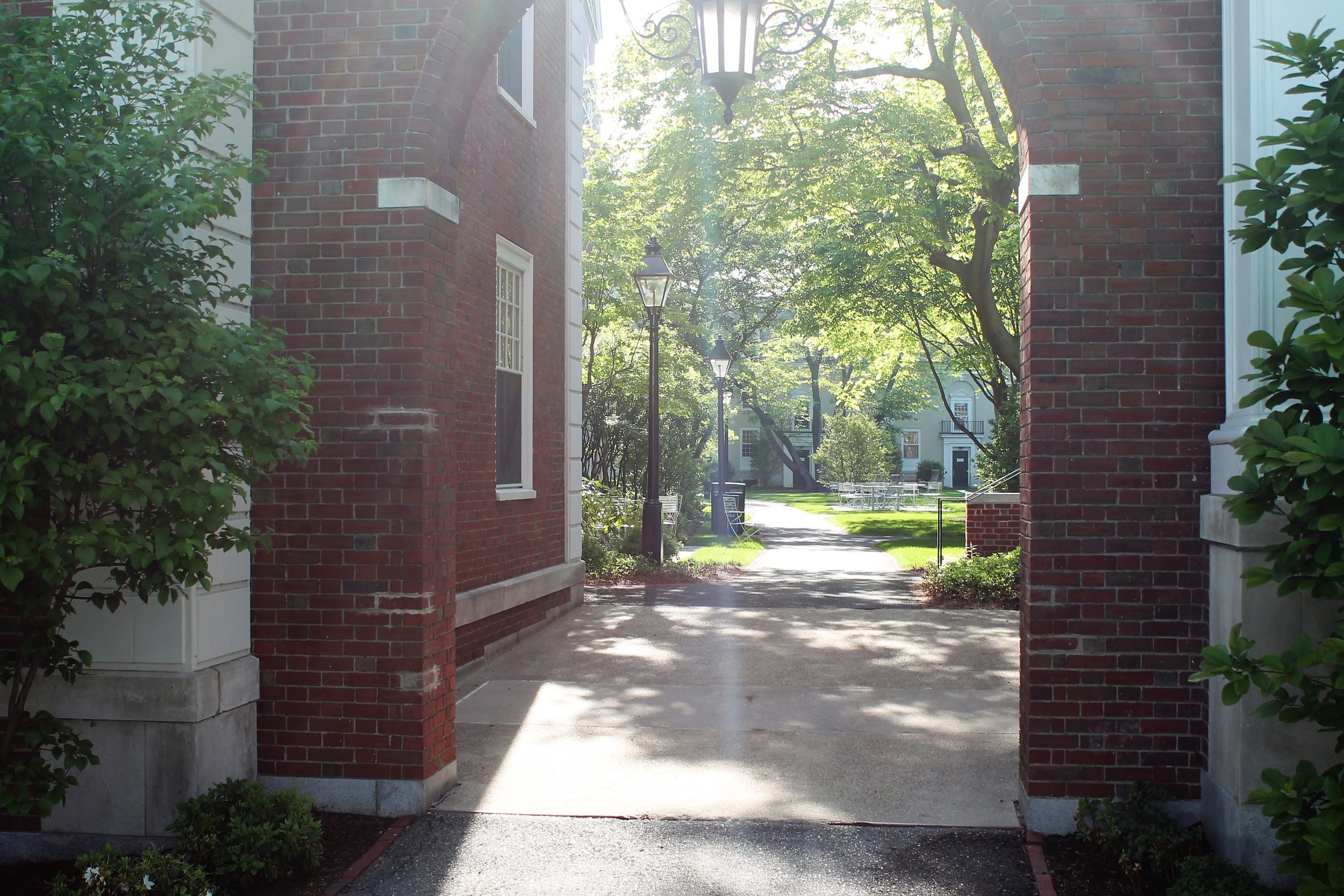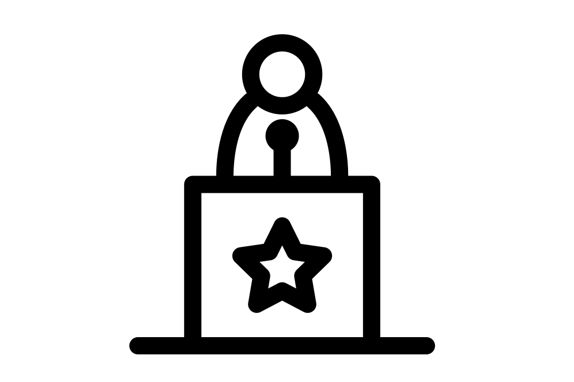When I applied to business school I was waitlisted by my top three choices: Harvard Business School, Stanford GSB, and Wharton. Getting stuck on those waitlists was frustrating and demoralizing; I had spent so much effort studying for tests, getting recommendations, and writing essays only to come up short.
Unfortunately, few admissions consultants if any offer help to those on the waitlist! I knew that I couldn’t leave my fate to a dice roll of the waitlist officer, so I did a ton of research, worked with every mentor I had, and executed my action plan -- it worked! By late spring I had been admitted to Harvard, Stanford, and Wharton.
While getting off the waitlist is a very difficult task, my personal experience and the subsequent work I’ve done with the admissions officers at Harvard Business School have taught me how to give an individual applicant their best shot as success.
Ivy Admissions Group offers a complete package of services that examines what went wrong in waitlist applications and develops a comprehensive plan to correct it. We work with you to refine your personal narrative, bolster personal areas of weakness, and communicate with the waitlist committee in the most effective way.
My 7-Step Plan for Getting off the Harvard / Stanford / Wharton MBA Waitlist:
1. Re-examine your narrative
If you’re on the waitlist, you're likely “good enough” to be admitted, but you lack that special something that puts you over the top. By putting you on the waitlist, the admissions committee is asking why the final spot in the class should go to you and not one of the dozens of similarly qualified candidates in the applicant pool. This question is not rhetorical. They want an answer.
Most often that special something you’re missing is a compelling narrative. Crafting such a narrative is extremely difficult. First, it requires considerable skill at writing. Second, most applicants aren’t able to step out of their own bodies long enough to see their experiences, motivations, and interests in a holistic manner. And third, most admissions consultants are more focused on sorting their many clients into buckets (consultants, ex-military, etc.), rather than developing unique story arcs for each.
Having a compelling, credible narrative is imperative to getting off the waitlist. As the admissions officers buzz about in their offices, deciding who should get the last spot off the waitlist, you need them to have the ability to describe you in a quick synopsis. For example, as that “clean water gal” or that “urban development guy.” If you don’t build this narrative for them, they will (1) likely forget you and (2) likely not champion your candidacy in committee. Admissions officers will not infer your narrative for you. You need to explicitly spell it out.
2. Evaluate your weaknesses
Everyone has a weak point in their application. Did you sufficiently address yours?
It is the job of the Adcom to ensure that every student admitted will thrive academically and socially. Could the Adcom wonder whether you would succeed in the classroom? Whether you’ll be able to keep up in finance class? Whether you will be the kind of person who enriches the school community? Re-read your application and develop a hypothesis as to what the hang-up is. We read tons of applications and have the expertise to help you see where you need to improve.
3. Start credibly fixing your weaknesses
Show the admissions committee that you have the self-awareness to know your weaknesses, the humility to admit them, and the drive to fix them. Have a low GMAT? Consider studying up and re-taking it. Some schools jealously protect their average GMAT score and hunt for applicants who will improve it. Others just want to see scores that are “good enough.” Often when you take the GRE instead, the school has more flexibility in admitting you since it doesn't impact their GMAT average.
Missing that all-important “impact”? Look for quick quantifiable wins at work or in your volunteer activities. Think the Adcom has trouble imagining you as the leader of a student club? Join a local community organization or non-profit that fits with your narrative. Better yet, found one! Not all titles and achievements are treated the same. Go for the ones that have the greatest institutional prestige.














